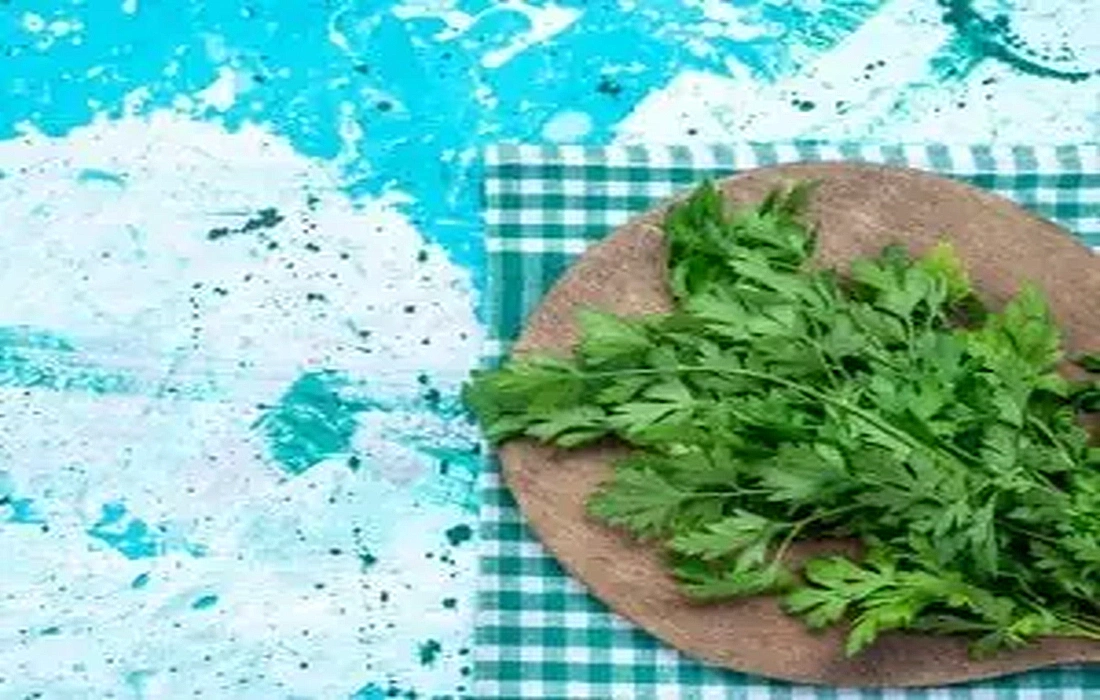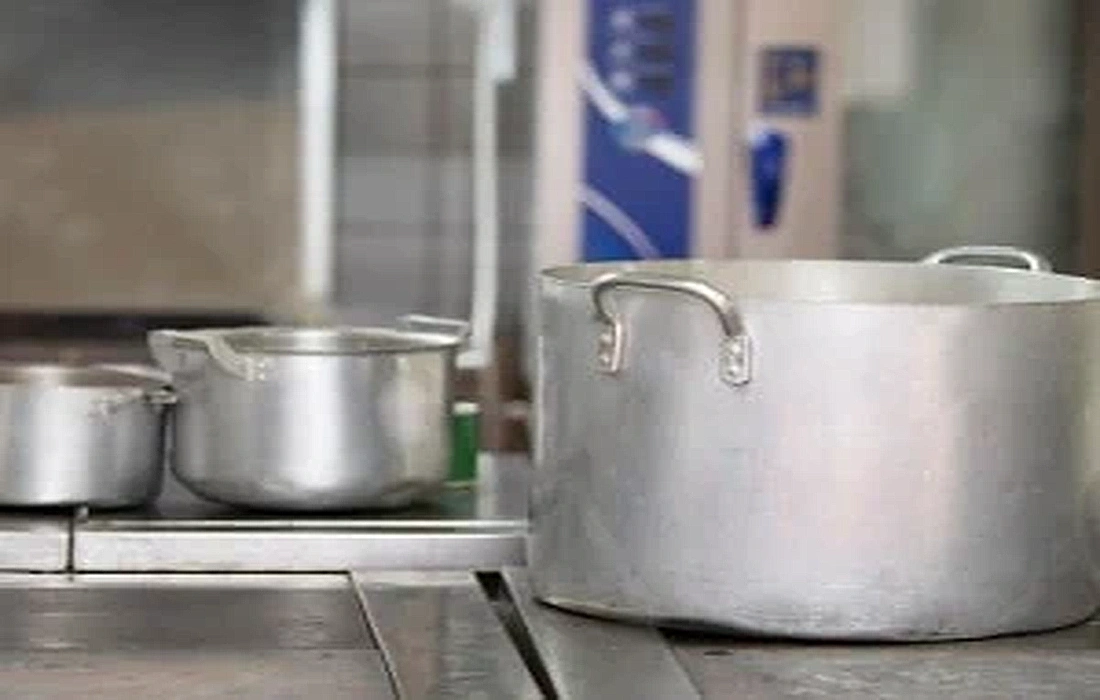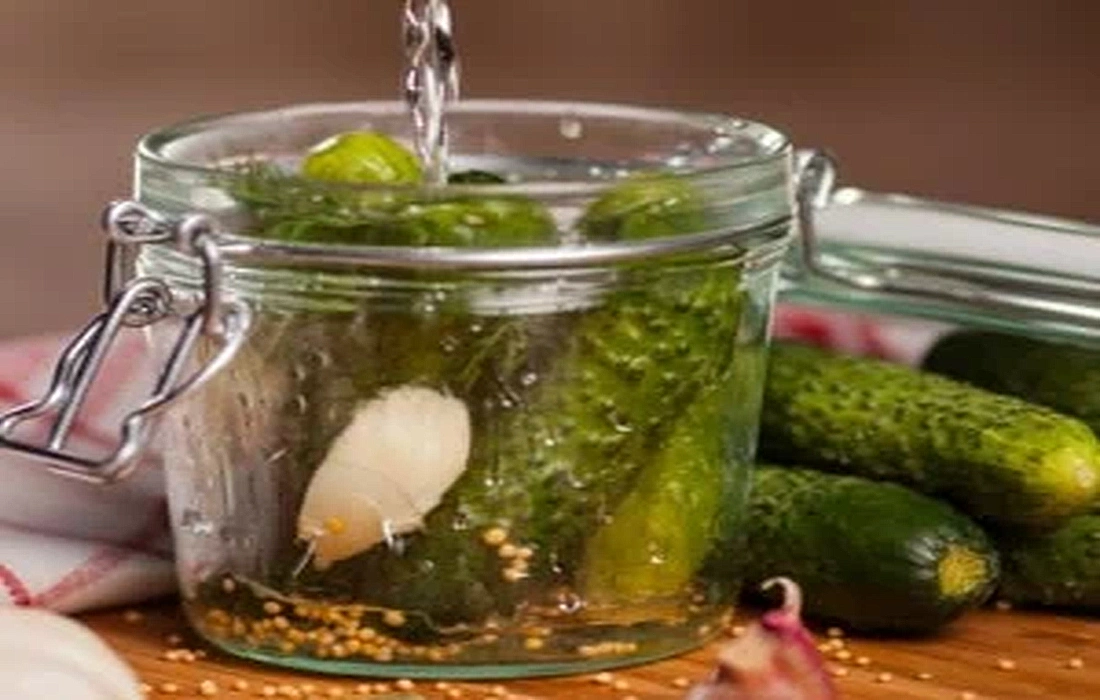Guides for Growing and Caring for Parsley Plants
Parsley is a common herb that everyone is familiar with. Although it is often overlooked, it is an important vegetable. Native to the Mediterranean region, this flowering plant is widely cultivated as a herb, spice, and garnish. It is also used to freshen the breath.
Parsley is an edible herb with dark green, translucent leaves. The plant grows straight and can reach up to one meter in height. Its root, which can extend over 160 cm, is not edible. Parsley can be used fresh or dried in various dishes. It grows both wild and cultivated. The leaves are serrated, and interestingly, the upper leaves of the stem are different from the lower leaves. The tiny greenish flowers produce small, fragrant, green fruits.
You can gain valuable information about parsley and learn the correct methods for planting and caring for it in this educational article with us.

Overview of the Climate Needs of Parsley
Best Time to Plant Parsley
This plant is highly resistant to cold weather and can be grown in any climate, but it performs best in cool weather. The ideal time for planting parsley is from early to late autumn in temperate and warm regions. In colder areas, it can be planted after the winter frost, from early to late spring.

Suitable Soil for Planting Parsley
The best soil for cultivating parsley is loamy, semi-heavy, sandy loam, or humus-rich soil, as these are strong, deep, and nutrient-rich, supporting healthy growth. Avoid highly acidic or high-salinity soils, which hinder proper development. For high-quality parsley, it’s recommended to use rich fertilizers like vermicompost.
Light Requirements for Growing Parsley
Since parsley has high cold resistance and prefers shade over direct sunlight, it is categorized as a cool-season herb.
Watering Practices for Parsley
Parsley is very sensitive to drought, so daily watering is recommended to keep it lush and vigorous. The soil should stay moist but not waterlogged. During cold seasons, reduce watering, allowing the soil to dry out before watering again.

Fertilization Tips for Parsley
To maintain healthy parsley growth throughout the season, apply general-purpose fertilizer once a month. As mentioned earlier, enrich the soil with compost before planting to improve nutritional content.
Managing Pests and Diseases
Major pests for parsley include aphid larvae, which cause wilting of the main stem and spots on leaves. To prevent stem rot and leaf spots, remove affected leaves, reduce watering, and manually remove pests with your hands.How to Plant Parsley SeedsParsley is a biennial herb, and in temperate climates, it can grow successfully. In colder weather, its growth period extends to a full year.In this lifestyle sectionSelMagz

We will teach you how to plant parsley in three simple steps. Stay with us to read this useful and practical guide.
First Step: Preparing to Plant Parsley
1- Since parsley comes in two main types (flat leaf and curly leaf), start by choosing one. Flat-leaf parsley has a stronger flavor than curly, but both are pleasant and mild. Also decide whether you want to grow it from seedlings or seeds.Planting parsley by seedling methodIn this method, you can prepare parsley seeds indoors in a tray and transplant seedlings to the main bed after they develop three leaves. This allows you to start seedlings in controlled conditions and transplant when weather conditions are suitable, saving time and increasing yield.
Direct sowing of parsley seeds
You can plant parsley seeds directly into the ground, provided the weather is suitable. If temperatures are too cold, it’s better to wait until after the last frost to plant directly in the soil.
2- After choosing one of these methods, select a suitable location that receives at least some sunlight daily. If planting in a pot, place it near a window to get good morning sun. Parsley grows well in garden beds or pots, but poor conditions can hinder growth.
3- Prepare the soil by mixing approximately 50% garden soil with 50% compost to create a loose, rich, and well-drained medium with a pH between 6 and 7. Check the soil’s acidity and add lime if it’s too acidic. A good mix promotes root development and better light penetration.

Second Step: Propagating from Seeds
1- Soak the seeds in water mixed with a small amount of dish soap. Fill a large container with warm water and add just a few drops of dish soap, stir well, then soak the seeds for about an hour. The soap and water temperature help crack the seed coat to speed up germination.
2- After soaking, rinse the seeds and transfer them to another bowl of clean, lukewarm drinking water. Remove any soap residue and let the seeds sit overnight in water until fully soaked.3- Once soaked, drain and dry the seeds by placing them on paper until dry and ready for planting.4- For faster results, sow the seeds in small pots ahead of time and water daily to promote quicker germination and growth, providing more time for mature plants.

Third Step: Planting the Seeds
1- As mentioned earlier, the best time for sowing seeds is early spring, around March or April.
2- Use a small trowel to make rows about 25-30 cm apart in your garden, ensuring enough space between seedlings. Don’t plant seeds too deep; cover them with only 1 to 1.5 cm of soil.3- If you are growing parsley from seedlings, transplant them after the last frost when the plants reach at least eight centimeters tall. Space the seedlings evenly in prepared rows for optimal growth.4- Regular watering is essential; water the parsley at least once a week to develop deep, strong roots. During hot, dry days, increase watering. If growing in pots, keep the soil moist; consider installing drip irrigation for convenience.Note:Drip irrigation is an advanced watering technique that delivers water directly to the roots with low pressure, saving water and ensuring the plants receive consistent moisture.
5- Weed removal is important to prevent weeds from competing with parsley for nutrients and sunlight. Use mulch around the plants and remove any weeds growing between your parsley plants.

6- During growth, prune excess and small or unhealthy plants using scissors or a small tool carefully to allow space and better air circulation. You can also transplant young plants to other areas.
7- Do not forget to fertilize; once a month, add general-purpose fertilizer to keep the plants healthy and productive throughout the year.
Harvesting Parsley
It’s time to harvest when the parsley leaves are fully grown. Gently cut the outer leaves from the stems close to the ground, taking care not to uproot the whole plant so it can grow back for future harvests.

Remember, harvesting only the leaves from above reduces yield, so include stems. Leave the roots intact to allow the plant to regrow.
Proper storage of parsley involves drying or freezing the leaves in a sealed container, which keeps the flavor good for up to a year.
Parsley

Growing and Maintaining ParsleyPlant cultivation and care guide








